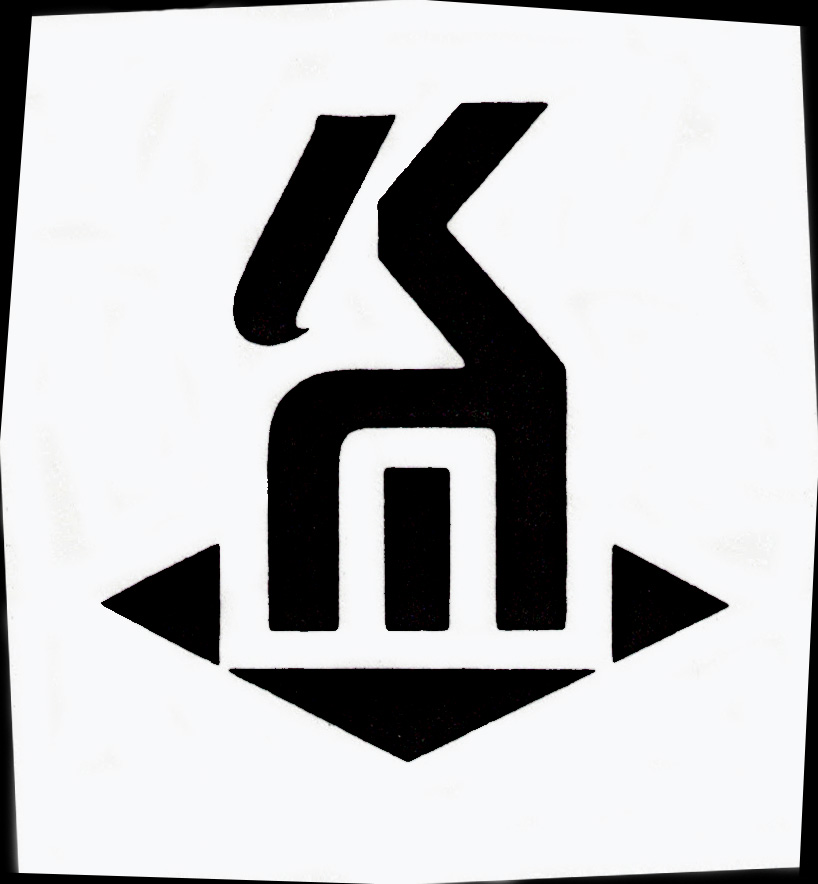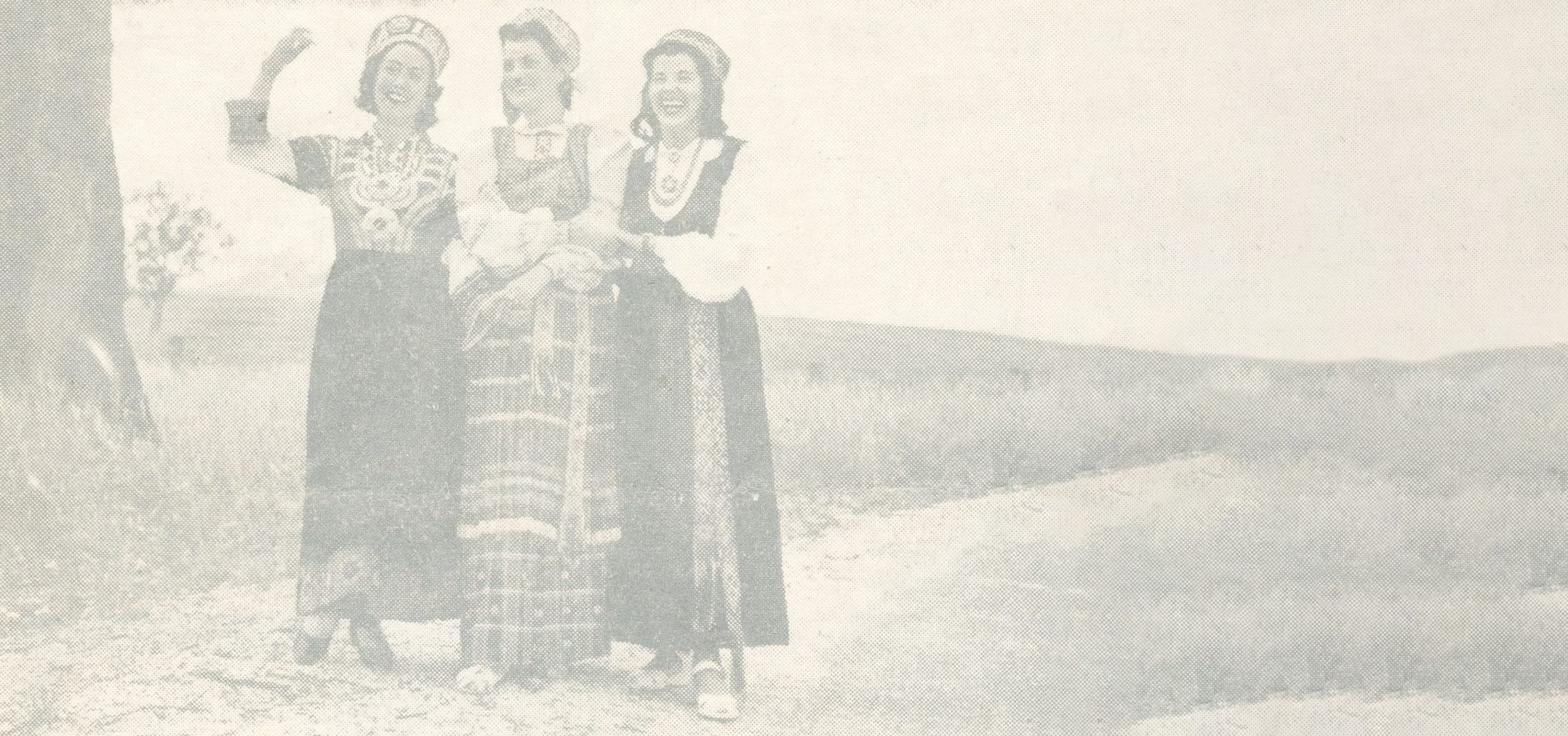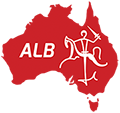Viktoras (Viktor) Simankevicius, artist and graphic designer, was born on 27 February 1921 in St Petersburg to Lithuanian parents, but moved to Vilnius in 1922.
Viktoras Simankevičius
His penmanship can sum up a form, a face, a figure in just a few lines

“Aš esu tikras Vilnietis”

Viktoras’ parents with their young boy Steponas, left Vilnius Lithuania during the Great War to find refuge. They settled in St Petersburg and that is where my father was born. The war brought only famine to St Petersburg and as a one year old, he and the family returned to Vilnius in 1922. By this time, Vilnius was now separated from Lithuania proper and under Polish rule – the Lithuanian Capital had moved to Kaunas. Although born in Russia, Viktoras insisted that he was and is “a true Vilnietis (one who comes from Vilnius)”.
Not long after returning to Vilnius a sister Sofija was born but tragically soon after, his father passed away leaving their care to Viktoras’ mother who a few years later also passed away. His brother also passed away not too long after. As his grandparents lived in Vilnius he and Sofija were cared by them but eventually were sent to the free boarding schools available in Vilnius.
Founding Years

Growing up in the streets of Vilnius with warm support from his grandparents gave him a cheeky existence and he was free to pursue his love of drawing. At school he focussed on developing his artistic talents and he finished with high distinctions in his chosen profession. In 1941 he entered the Vilnius Art academy where he began to love the graphic arts under the tutelage of Telesforas Valius.
As the Russians advanced in 1944, he fled with thousands of others to the West and ended up in Vienna where he worked as a labourer and finally in the graphics field with a printing firm, designing and printing newspapers, leaflets and the like.
In 1945, he entered the Art Academy of Munich but soon after was shunted to the displaced persons University German town of Freiburg. Here through altruistic and benevolent support, the French had set up an Arts College, L’École des Arts et Métiers which was run by prominent Lithuanian artists who could reach out to the students with traditional and modern skills in arts and crafts. It was here that
Viktoras illustrated the classic and highly acclaimed school book by Ignas Galėnas – Elementorius Ė.


At the end of his studies, Viktoras wasn’t able to get back to Vilnius but instead reached Naples where he boarded the refugee boat Skaugum – where it was headed was no choice but a matter of survival. Here he travelled with his great friend Pranas Rep›ys and together they landed in Melbourne in 1949.
Viktoras was encamped at the Army Barracks in Seymour and within a year, went to work at Lamson Paragon in Melbourne as a graphic artist, escaping the Caldwell manual labour camps of Tasmania, Queensland and the Snowy Mountain Scheme due to his “valuable skills”. In Melbourne he met his love Danutė Matulaitytė and after a cautious courting period, eventually married and not too long after had given birth to my brother Almis then me, Mindaugas.
His skills were very handy for the fledgling Lithuanian community – a school began for the Lithuanian children and Viktoras was instrumental in organising content, then hand-typing lessons, creating newsletters, for the first school books, illustrating the copied pages with delightful rubber etched stamp pressings. Shunning limelight, his contributions were silent leaving the vocal face of the community leadership to others. During this time he settled in to his graphic design work and whilst keeping a strong connection with the local Lithuanians, helping where he could in the foundations of our now strong and established community.

Viktor Simankevicius at the opening of his exhibition at Galleries in Richmond, 1972

The fascination of language and layout

Language fascinated him and he turned his attention to translating, illustrating and binding small-edition booklets, subject matter containing everything from ancient Persian poetry translating them to Hungarian and other non-typical languages, collections of correspondences with fellow artists and acquaintances, series of his own drawings and historical collections. All content was illustrated with graphical and stylistic layouts, giving the eye a chance to read, pause, reflect. One edition of Mųsū Pastogė was a 4 page insert of local Lithuanian/Australian artists/poets with his inimitable style.
During the latter years, Viktoras began designing gravestones and burial memorials for his Lithuanian friends and community members. Some wonderful designs now adorn the resting places of many of our past members including those of Algirdas Vaitiekûnas, Jonas and Silva Valys, Juozas Rimas, along with his original design for Danutė Matulaitytė’s mother, Juzė Matulaitienė , where both he and Danutė are now interred.
With his passing, I commemorated his life with an exhibition of his works which culminated with the release of a monochrome edition of some of these remarkable creations, a book edited and collaborated on by my mother and his old-time Lithuanian friend living in Paris, Žibuntas Mikšys. Copies of this book are available here.
In raising a taurė in his memory, we can thank him for his wonderful delightful imagery and for his contribution to our Melbourne-Lithuanian community’s beginnings and identity.
Melbourne and the PMG

In 1963 he was presented with an Award of Distinctive Merit for “Outstanding Excellence” at the Australian Commercial and Industrial Artists Association exhibition. In 1964, he joined the Postmaster General’s Graphic Department designing posters, magazines and on one occasion, a stamp commemorating APEX. He worked there until his retirement in 1978.
Throughout the community’s development, he would be contributing constantly with donations of funds along with his graphic design, developing our symbols for each of the Community branches, you will recognise the logo for the Melbourne Lietuviū Klubas, prominently displayed in faux silver at the corridor’s entrance; logos for the Moteriū Globos Draugija, Fondas, etc… His graphic contribution to Sporto Šventės, the Australian World Lithuanian Congress and many publications of community memories.
Aside from this, Viktoras was developing an artistic inroad of his own personal discovery: his love of faces and heads would be his muse, inventing brilliant strokes of wash with water-soaked paper and India Ink, and the invention of the Xerox machine led him to his stable of over 100 heads, drawn in cotton thread and photo-captured via the Xerox plate. His “Wash” series now adorns the wine labels of our local producer, Galli Estate.

Last remaining copies of the 1955 publications for school teachers, “Lituanicum” nos. 1, 2, 3 and 4. Note the burnt edges, rescued from a house fire at Simankevicius home early 70’s.





